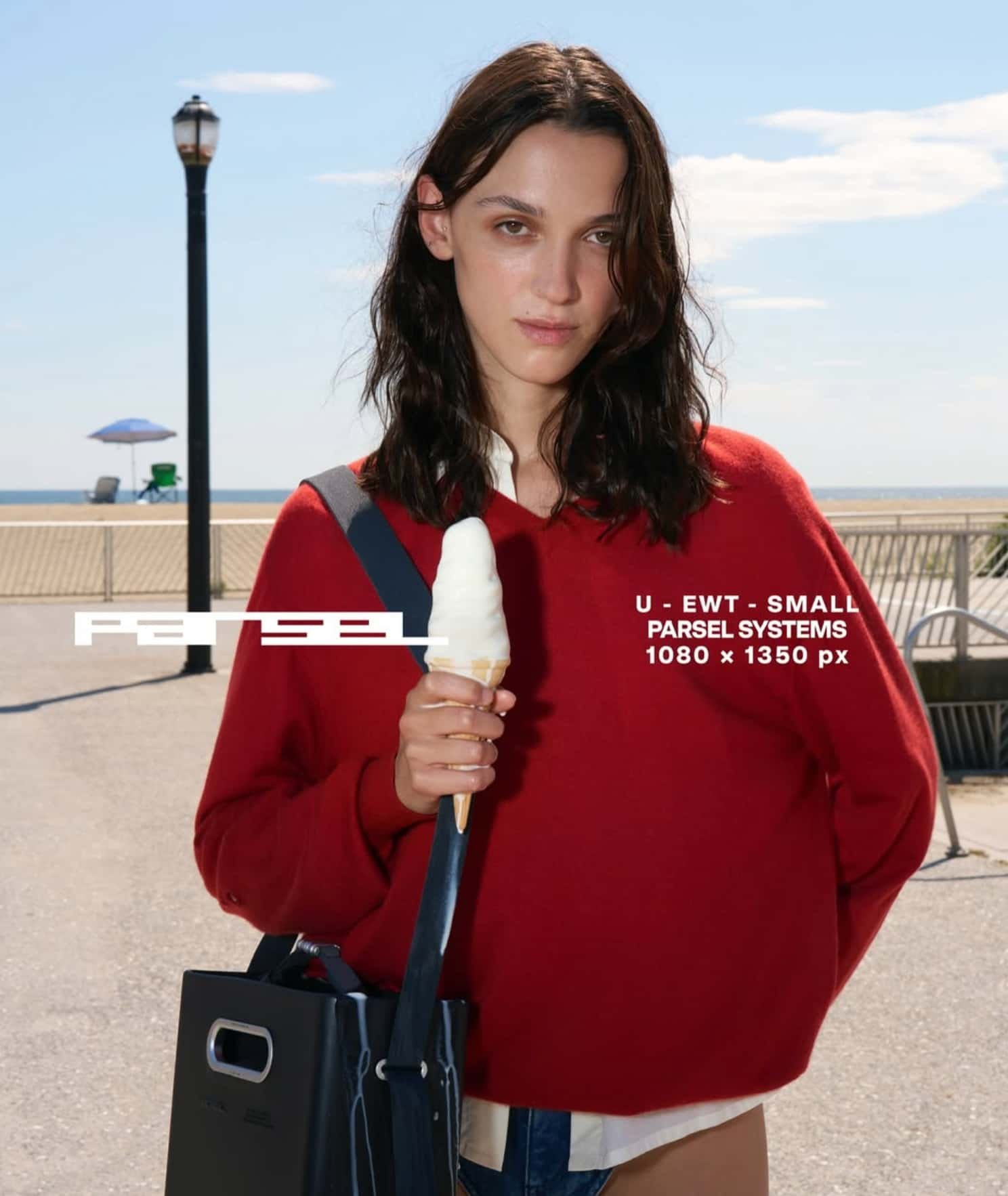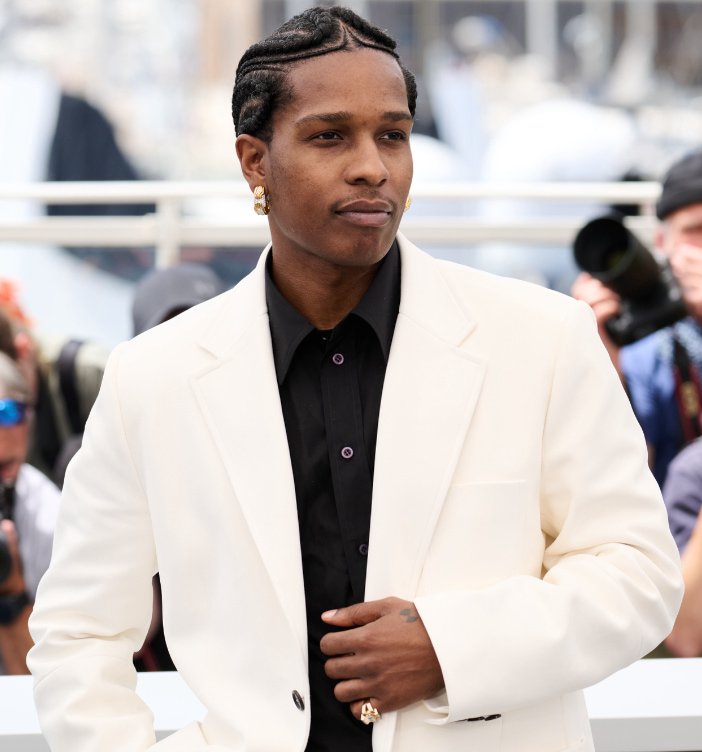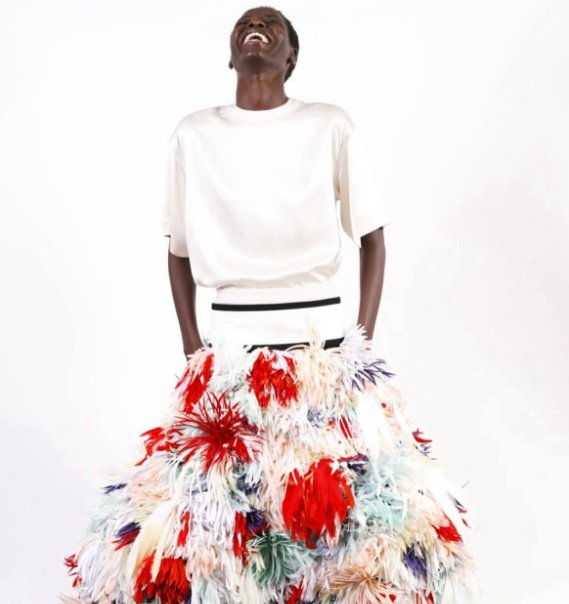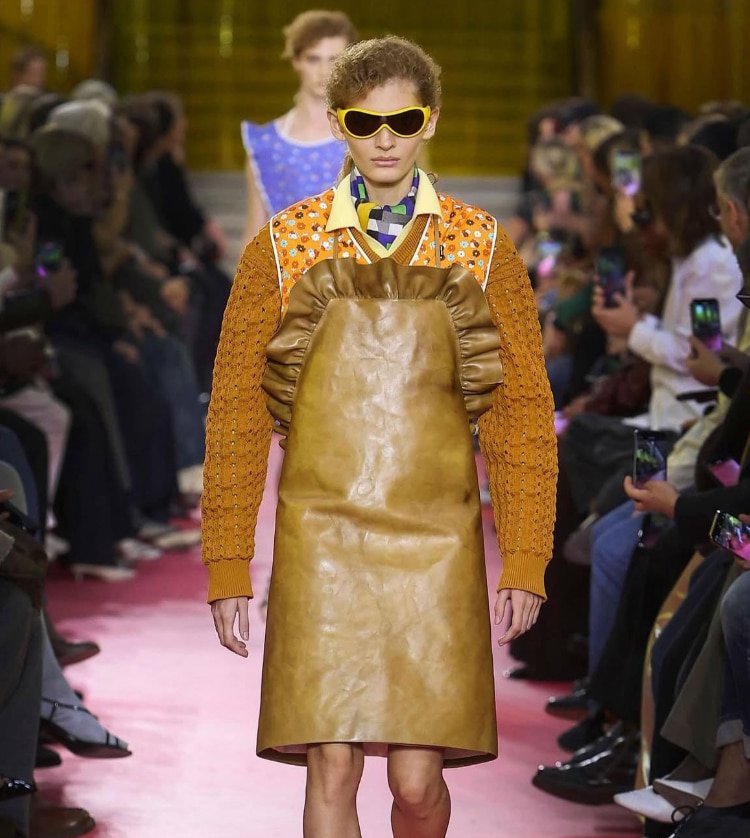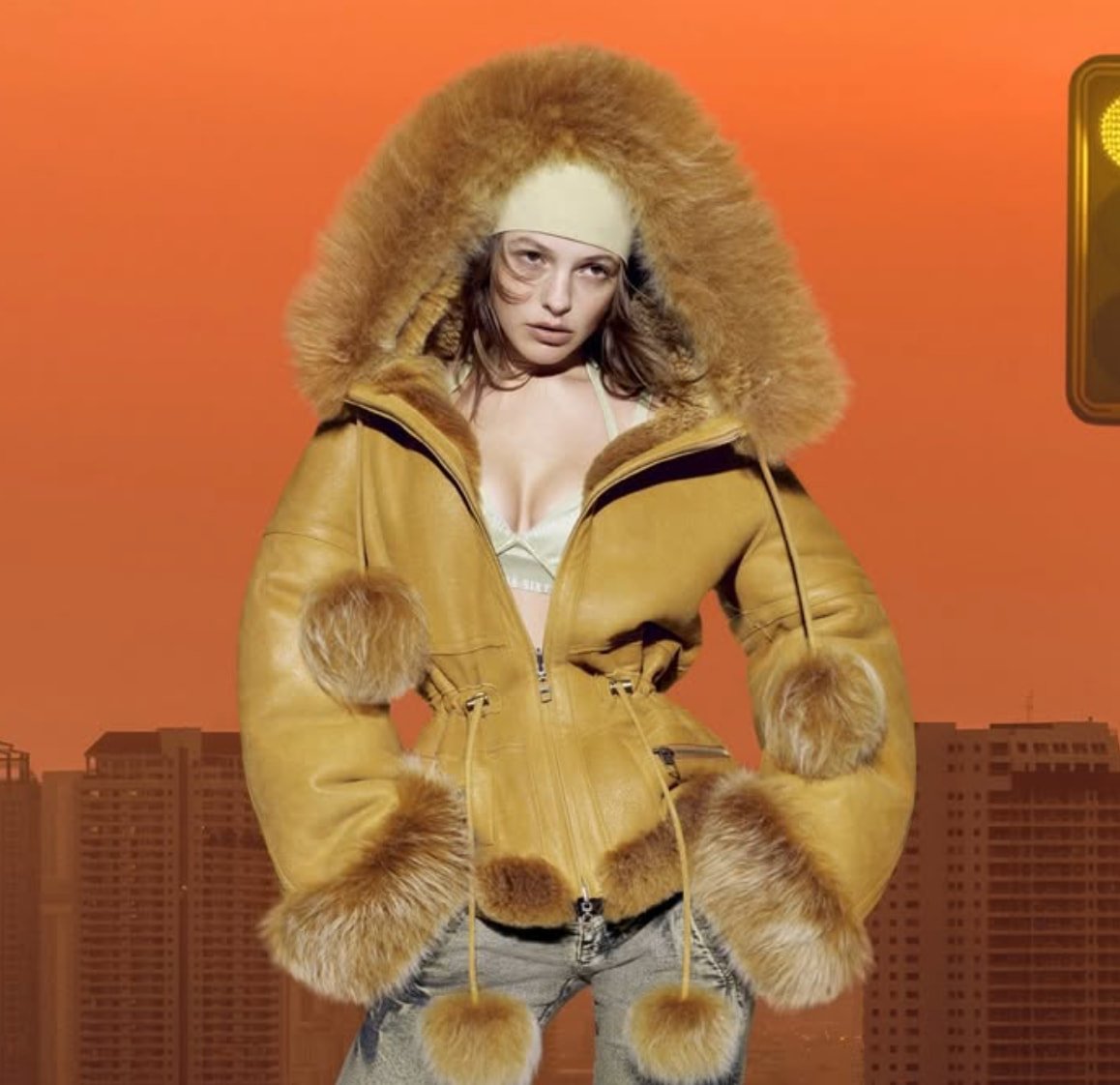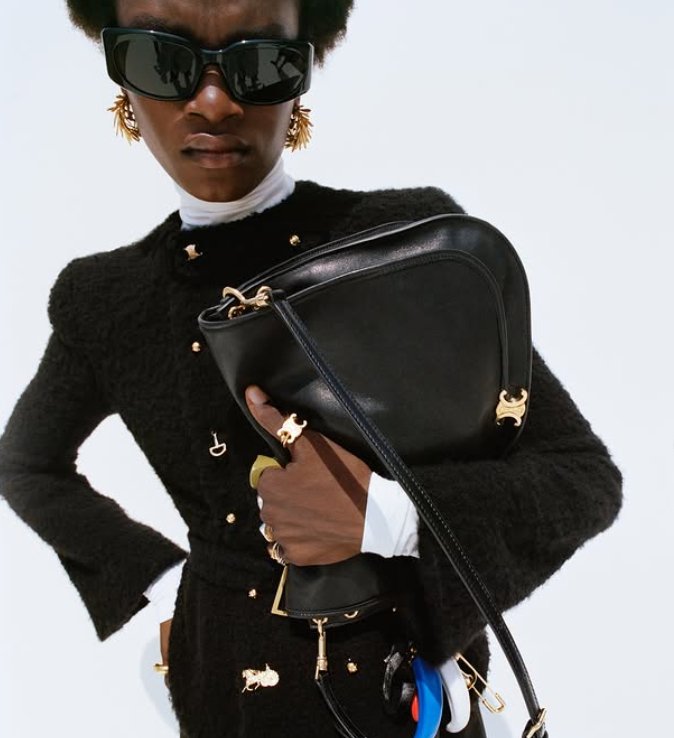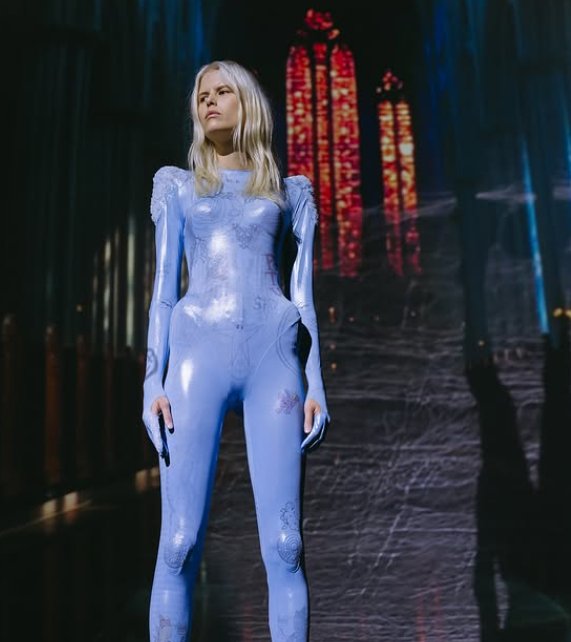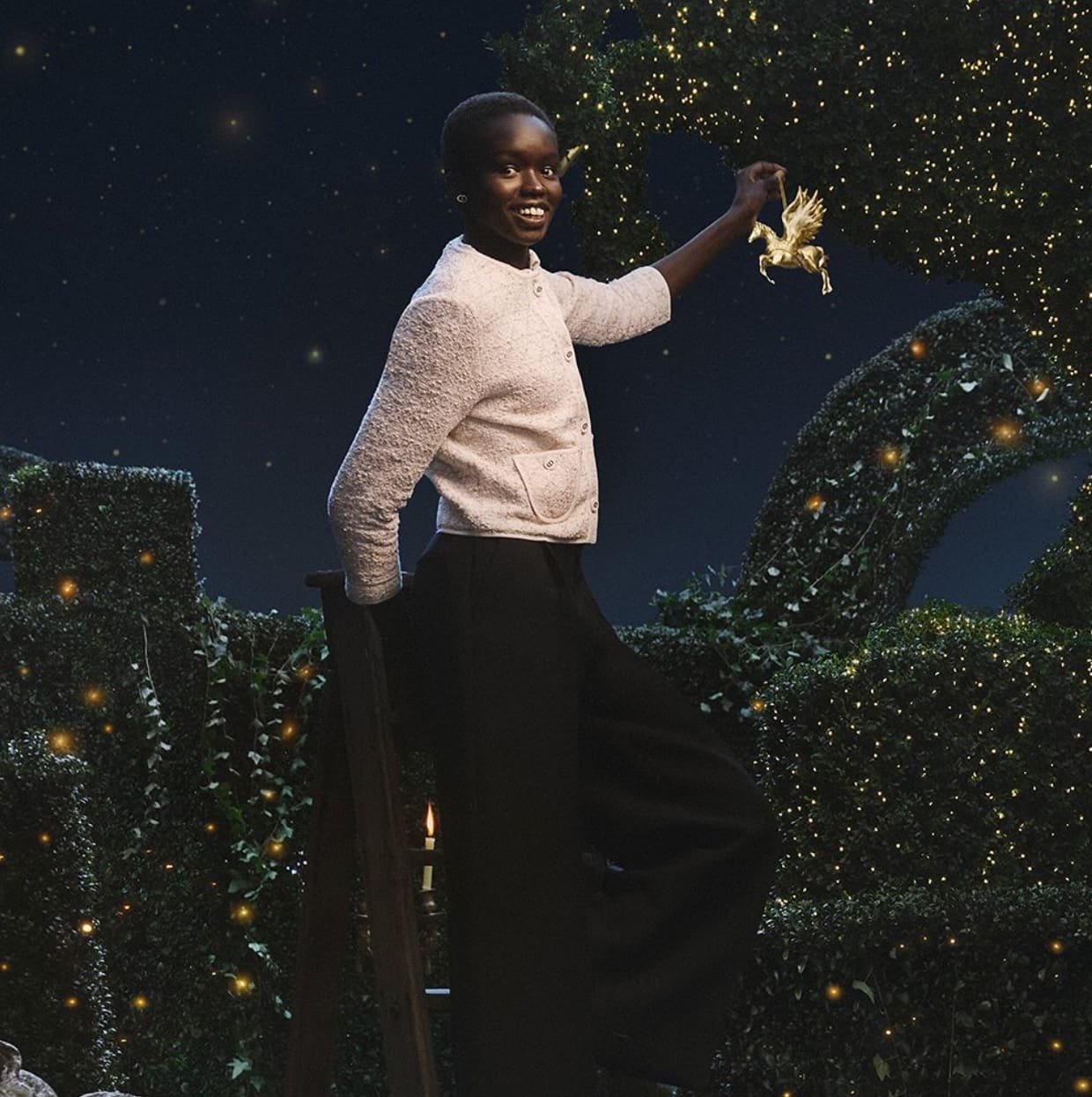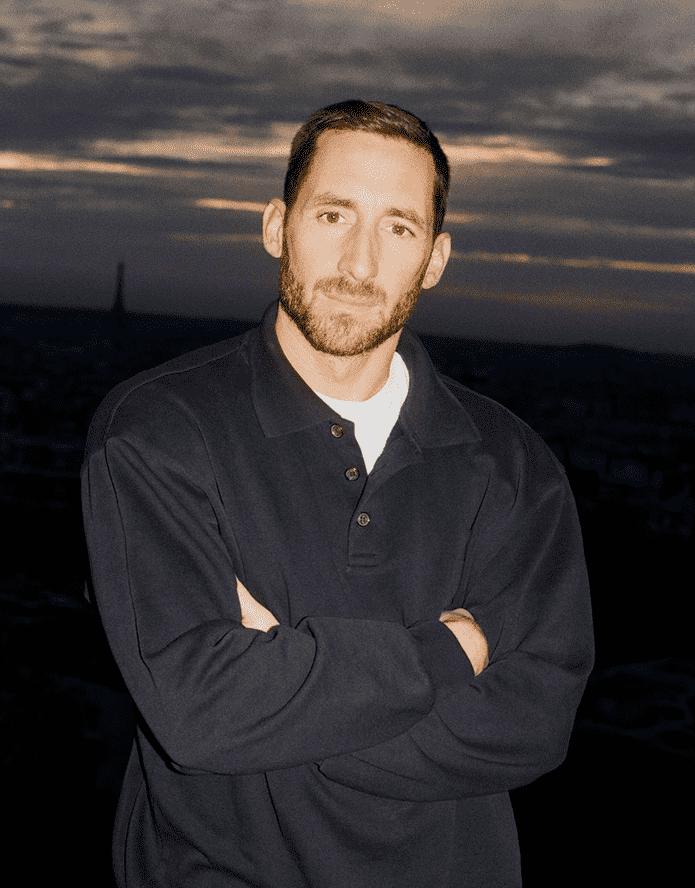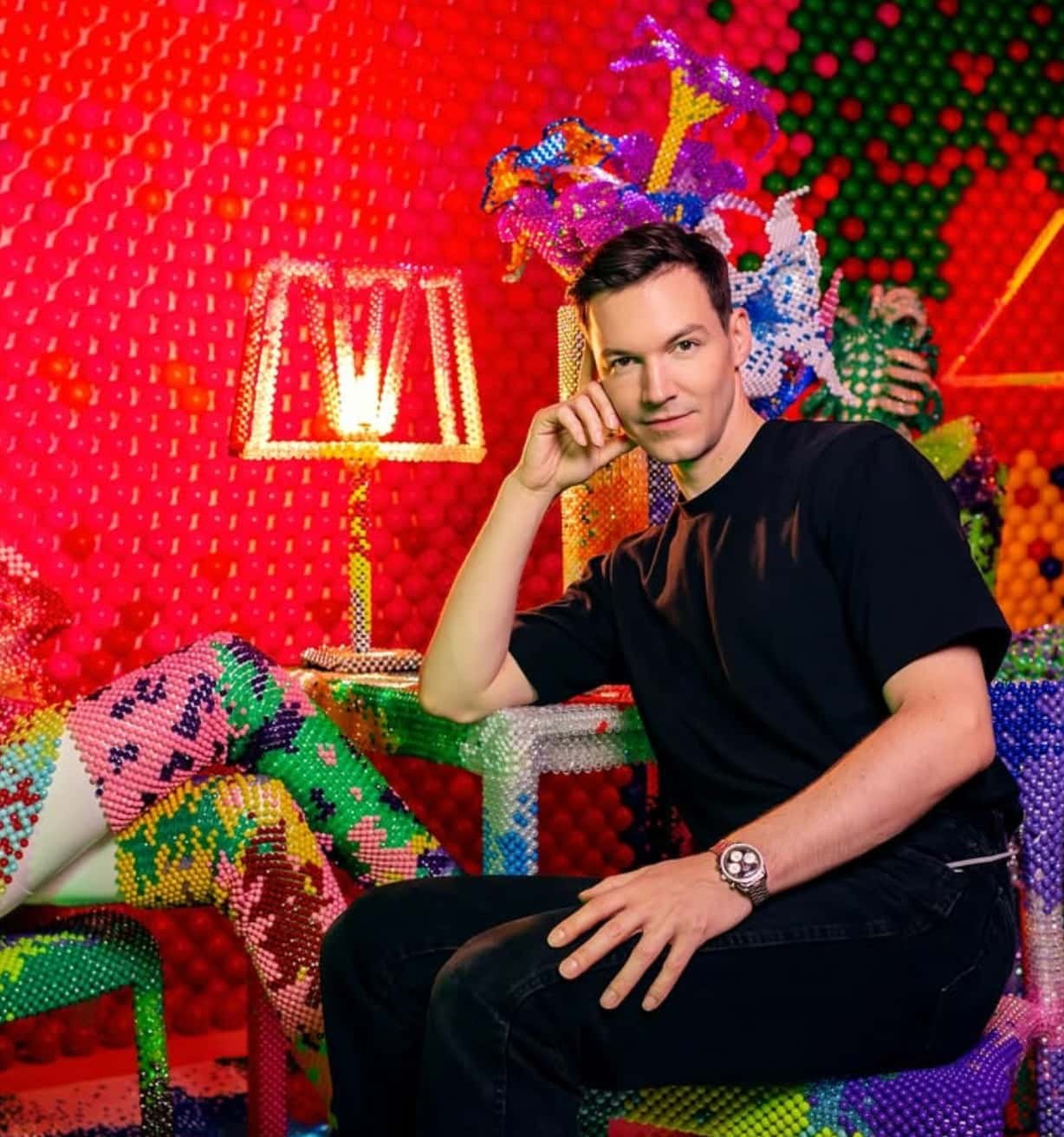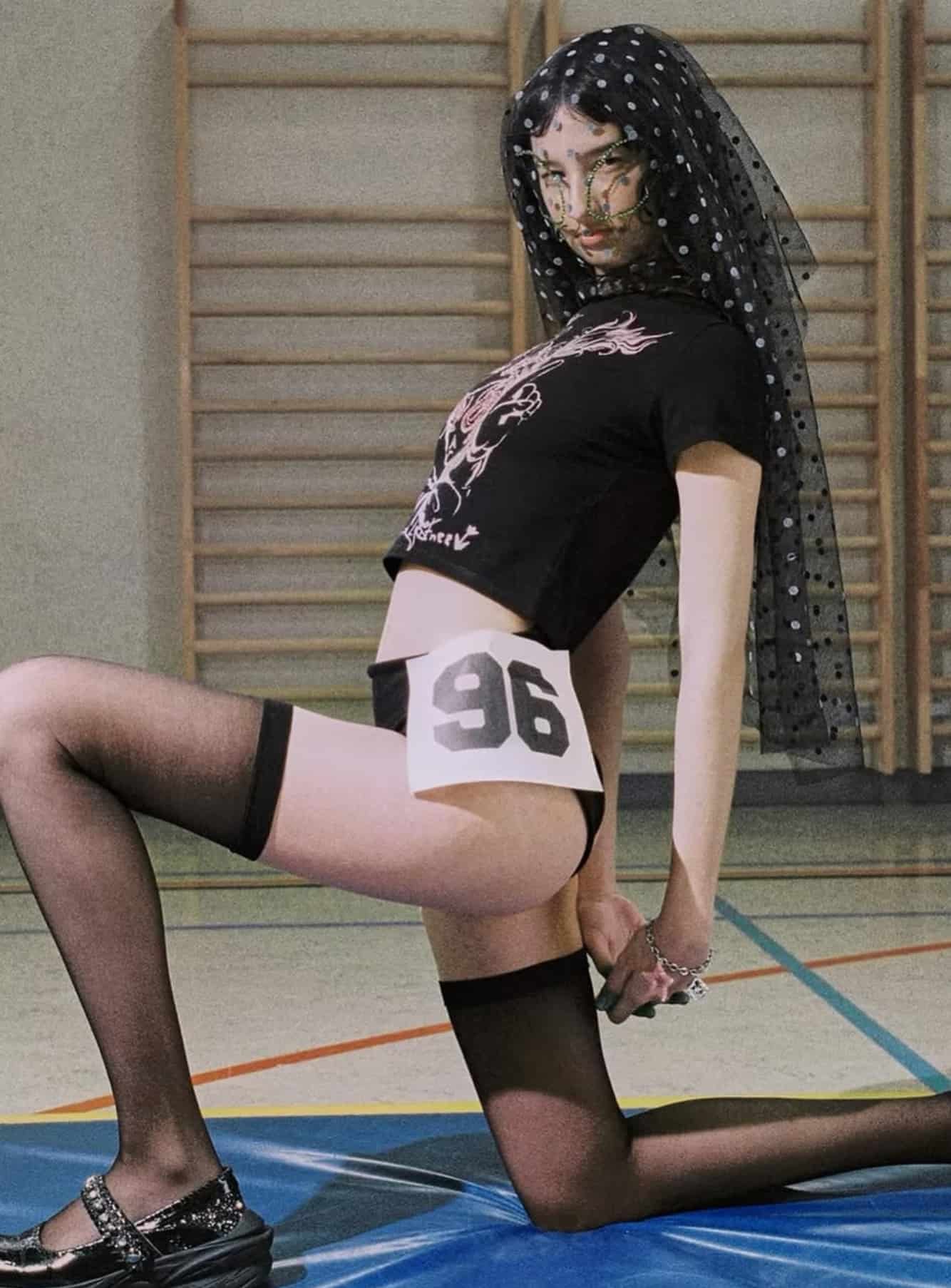In the liquid silence of water, Manabu Koga found a universe where the rules of reality loosen their grip. The Japanese photographer transformed the pool into a stage, a refuge, and a visual laboratory. With his “Underwater Girls” series, he has crafted a singular world: girls suspended beneath the surface, ghost-mecha figures, and bodies shifting between flesh, dream, and metal.
Koga didn’t arrive at underwater photography through trend or aesthetic whim, but through creative accident. After filming submerged scenes for a film project in the early 2010s, he discovered that water didn’t just distort light — it reframed narrative. Down there, gestures slow down, the body learns a new language, and the tiniest movement becomes choreography. That was the point of no return: the photographer traded the studio for the depths.
But Koga refused the soft-focus sensuality or zen-like calm of traditional underwater imagery. He brought with him a lifelong obsession: mecha. Before photographing, he designed packaging for model kits and sci-fi worlds. That visual universe seeped into his work: futuristic suits, biomechanical extensions, accessories evoking armor or robotic creatures, skin appearing to converse with wires and metallic textures. In his images, the underwater girl is no mermaid or nymph — she is a body-machine mid-metamorphosis.
His creative process is profoundly collaborative. Koga works with a steady circle of models — a kind of underwater troupe — developing trust and a unique physical awareness beneath the surface. The result isn’t a photo shoot, but a shared ritual: breathe, submerge, release, let the water rewrite your body and your mind.
Koga’s imagery vibrates with a delicious paradox: stillness and tension, serenity and strangeness. The water softens edges, but the mecha aesthetic injects sharpness and futurism. His characters float in a temporal limbo: are they humans sunk into their own dream, or prototypes of an amphibious future?
In a world smothered by instant imagery, Koga offers the opposite: slow looking. His photographs invite you to hold your breath for a few seconds, feel the weight of water against skin, and let imagination rust and shimmer at once. To dive into his work isn’t merely to watch — it’s to learn a new way of breathing.

